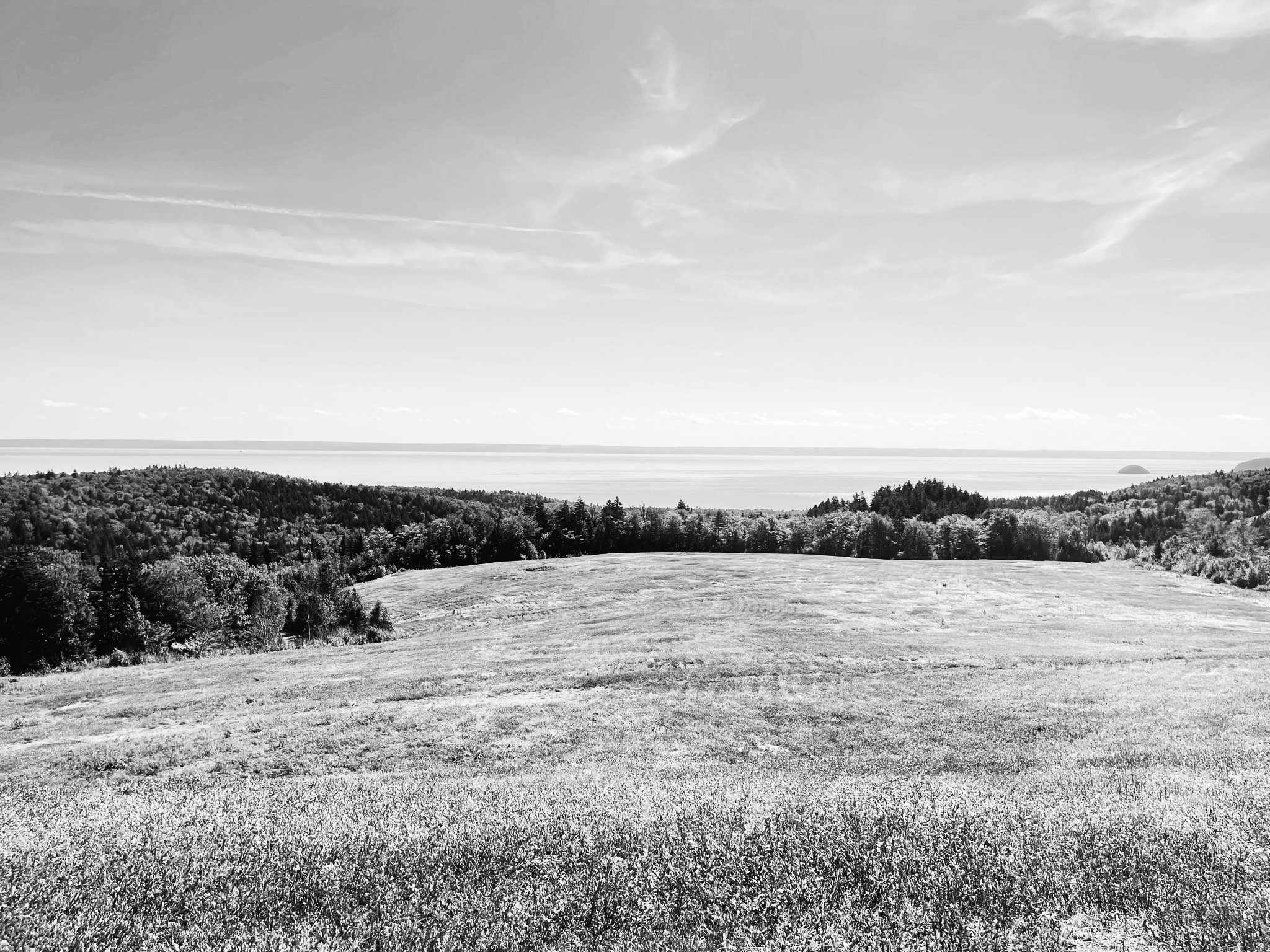Fall is a good time to manage weeds in wild blueberry fields
/A wild blueberry field post-harvest in Nova Scotia’s Cumberland County. (Contributed photo)
by Hugh Lyu
Fall is a good time for perennial weed management in wild blueberry fields.
In the fall, perennial plants translocate carbohydrates to their rhizomes and roots. And herbicides get transported to those structures during the carbohydrate translocation process, which improves their efficacy. When the right herbicide is used in the fall, good control of perennial grasses such as Hair fescue can be achieved.
Fall also provides the opportunity for some temperature-sensitive herbicides to achieve greater control. A good example is Kerb, which should be applied when the soil temperature is below 10 degrees Celsius but before the ground is frozen.
As well, herbicides used to control moss, such as Chateau, work better after wild blueberry plants lose their leaves in the late fall.
It’s important to understand the weed composition of your fields to build your own weed management program. That requires scouting and proper weed identification.
To scout a field, simply walk the entire field in a “W” pattern and bring a weed identification guide with you if you’re not familiar with common weed species in wild blueberry fields. That way, you’ll build a clear picture of the weed species in your fields and their growing stages, locations, and densities.
In sprout fields, scouting is typically done in late summer and early fall. That way, you can evaluate the results of spring weed management and plan spot spraying or wiping for the fall. You can also plan the management program for the next year’s crop stage.
In crop fields, you can scout fields after harvesting. Again, this helps you manage your current fall weeds and plan for weed management in the following year’s sprout stage.
Once you have a clear idea of the weed composition in both sprout and crop fields, you can plan weed management activities. There are three windows for fall weed management:
POST-HARVEST IN SEPTEMBER
One to four weeks after the harvest is complete – usually in September – is the ideal time to use Spartan to control bunchberry in crop fields.
This window is also a good time for weed wiping or spot application of tall perennial weeds such as goldenrod. During this time, tall weed species still retain enough leaf tissue for herbicide absorption to achieve good control. Late October might be getting late for such applications, as those weeds may have lost a lot of their leaves by that point.
POST-HARVEST BUT BEFORE MOWING
During this window, most wild blueberry plants start to lose their leaves. This is a good time to scout your fields, as you can see low-growing weed species such as Red sorrel, hawkweed, and fescues.
You can also consider controlling some woody weeds such as Lambkill during this time. An ideal time to apply Roundup WeatherMAX is before pruning the field and when the Lambkill is at 50 percent green and the blueberry plants have 95 percent leaf drop.
Since mowing is done after this window, growers always wonder about the ideal wait time before mowing. For most of the symplastic herbicides, such as Spartan, a minimum wait time of two weeks is recommended, as this type of herbicide needs time to move through the plants.
Contact-type herbicides, such as Ignite and Chateau, don’t require as long a wait time as symplastic herbicides, but growers should still wait at least a week after application before mowing.
POST-HARVEST AND AFTER MOWING
If growers choose to mow fields in the fall rather than in the spring, mowing should be done after the first hard frost. At that point, most of the nutrients from the leaves will have been translocated to the rhizomes.
However, there is still a big gap between the first killing frost and December. If mowing is done by mid-October, herbicides such as Spartan can likely be applied after mowing. It’s possible to manage weeds such as fescues and Red sorrel after mowing.
Some growers don’t mow their fields until as late as December, which can be risky due to the unpredictable weather. It’s recommended that growers who mow late apply herbicides before mowing.
It’s also important to keep debris to a minimum after mowing for good weed management. A thick layer of debris and grass clippings can offer a protective layer for weeds, decreasing a herbicide’s ability to contact targeted weeds and kill them.
As already mentioned, growers use Kerb for fescue management, and this herbicide requires optimum timing for best control results. Therefore, it’s critical to monitor weather and field conditions during this period.
(Hugh Lyu is a wild blueberry specialist with Nova Scotia’s Perennia Food and Agriculture Inc.)










